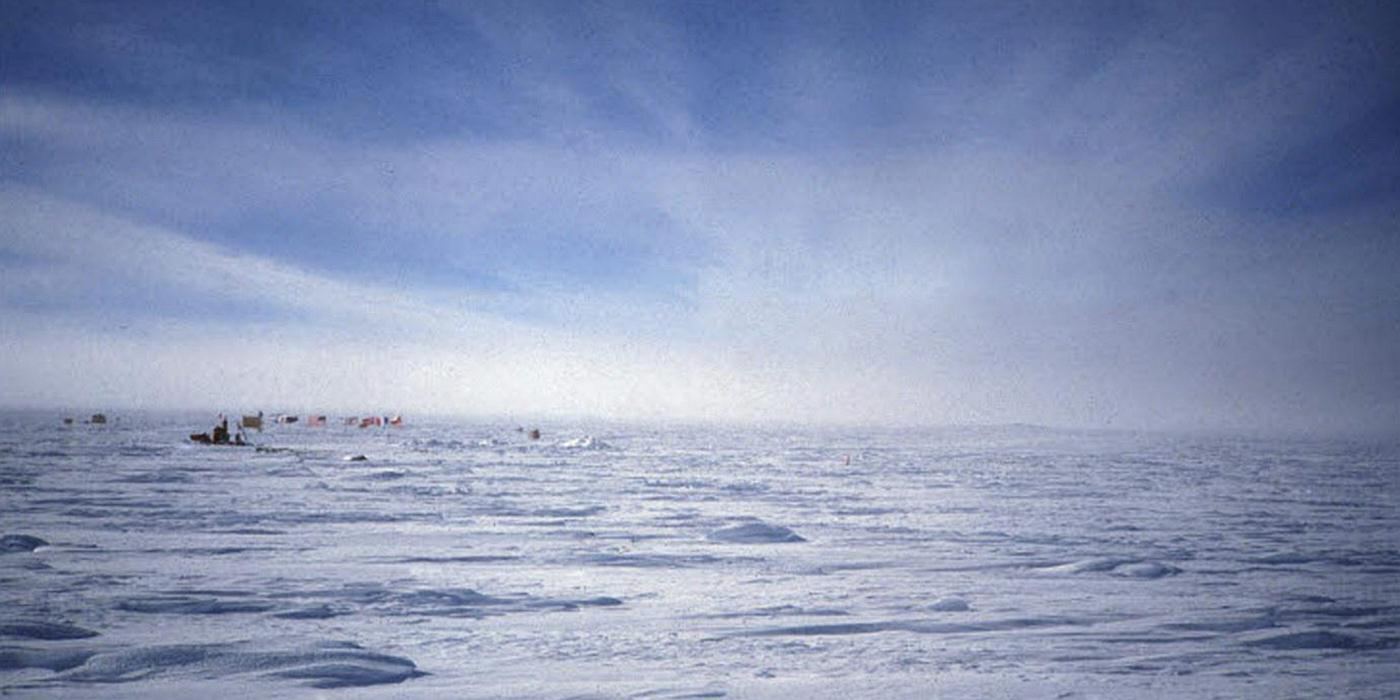This article is an excerpt from Chapter five in my new book The Chicken Little Agenda – Debunking Experts’ Lies. You can find out more about the book here, and can order the book from this link. This is the first of five parts for Chapter five that will be presented here sequentially.
Chapter 5
When Nuclear Goes Wrong
Sometime in late 1984 or early 1985, a Soviet deputy chief engineer with political connections met in Moscow with members of a Politburo subcommittee responsible for oversight of the Soviet nuclear power program. Although his name has vanished along with so many others from this era, his story was related to me personally by three nuclear engineers from the Washington State Hanford Nuclear Reservation who had just returned from an on-site investigation of the Chernobyl disaster.
In the Soviet Union, being a good engineer did not necessarily lead to the “good life.” You needed a good political connection, and to rise above the crowd of other politically connected guys, you needed to make your mark. Although not nuclear trained, this deputy chief engineer thought he had discovered a way to save mega-rubles for the Soviet nuclear power program, thereby making the subcommittee members look good and enhancing his own status. This could translate into a larger Moscow apartment, head-of-the-line privileges at the department store, and perhaps even an extra ration of meat or vodka.
Certain Soviet nuclear reactors were shut down for maintenance four times a year. This was a time-consuming process that ultimately cost the subcommittee lots of rubles in lost revenue. The deputy chief engineer convinced Moscow to let him run an experiment on one of these live reactors.
Basically, a nuclear reactor is just a sophisticated machine that creates high-pressure steam to run turbines that generate electricity. Under normal operation, a reactor uses a small portion of the electricity it generates to power coolant pumps that circulate the steam that drives the turbines. Because keeping a reactor cool is critical, all reactors have a set of backup coolant pumps. When you shut down a reactor, you need an alternative way to power the coolant pumps. Typically, as a reactor shuts down, you keep it cool using the backup or emergency coolant pumps, driven by emergency diesel generators.
The deputy chief engineer’s idea was to draw power from the spinning turbine of a reactor that had just shut down and use it to run the emergency coolant pumps while the emergency diesel generators were coming on line. If his idea worked, you could refine the concept to eliminate the need for emergency diesel generators, at a savings of several million rubles per reactor. Although this engineer was not nuclear trained and really knew nothing about nuclear reactors, the nontechnical subcommittee members thought his idea had merit. A successful execution of this concept could lead to a Dacha outside Moscow. They granted permission to run the experiment on one of the older reactors located at the nuclear power generating station in Chernobyl, about eighty miles north of Kiev in the old Soviet Union republic of the Ukraine.
In order to understand what happened next, we need to know something about typical nuclear reactor design.
© 2006 – Robert G. Williscroft





Sorry, comments are closed for this post.